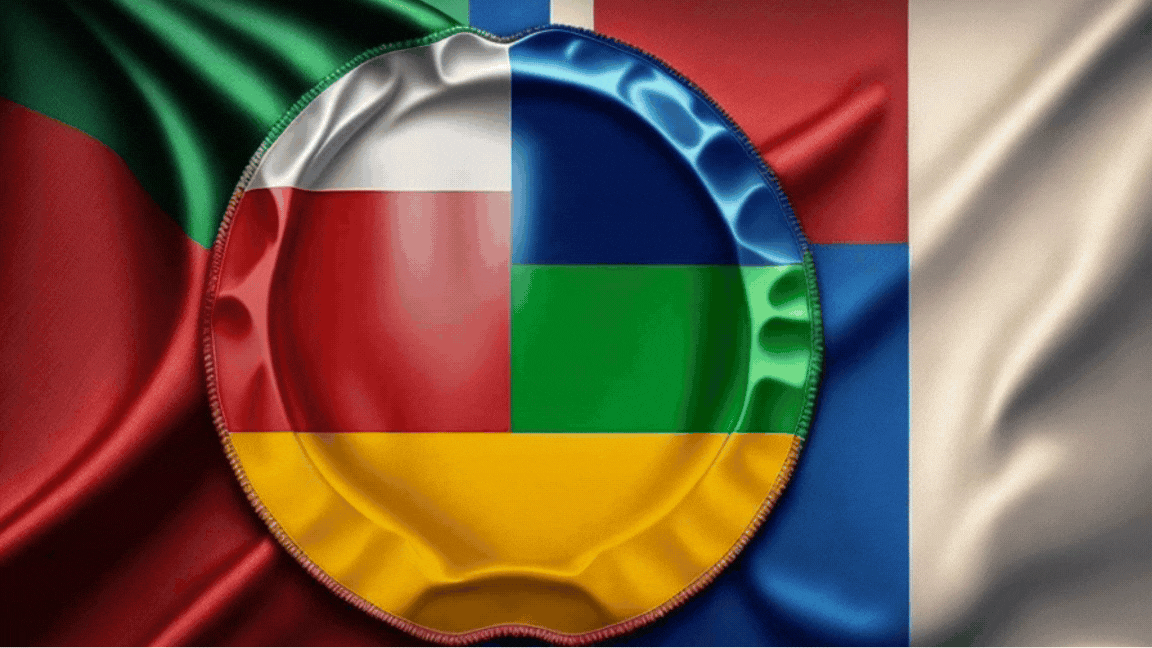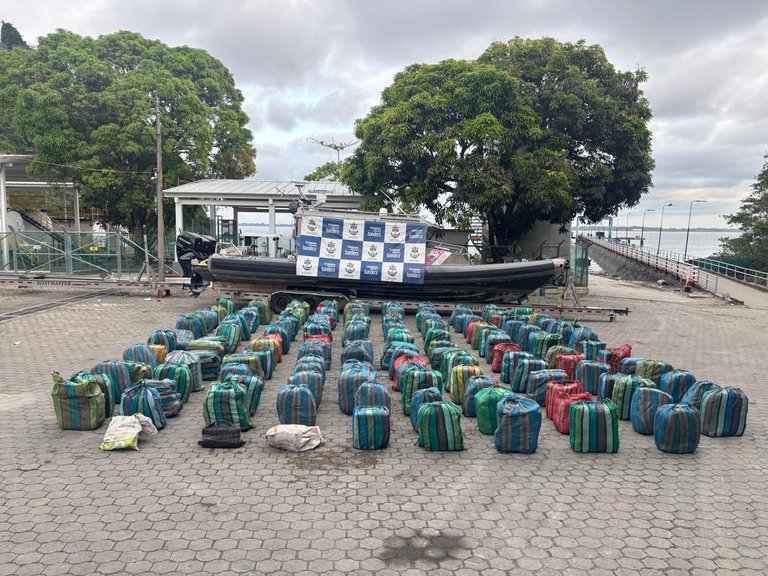
During 2024, Colombian security forces seized nearly 630 tons of cocaine hydrochloride, a 35% increase over 2023. Some 2,820 coca paste laboratories and 135 cocaine hydrochloride laboratories were destroyed, while approximately 210 tons of marijuana were seized. “A large part of this success in the fight against this transnational crime is the result of international cooperation, which allowed significant interdictions in Latin America, the United States, Europe, and Australia with information from Colombian military intelligence,” said a military source quoted by Reuters. A United Nations body offered a report that provides concerning data on the future of drug trafficking sourced in Colombia. In this country, there is too much cocaine.
According to the United Nations Office on Drugs and Crime, cultivation of coca bush increased to more than 250,000 hectares in 2023, while potential cocaine production reached 2,665 metric tons. President Gustavo Petro has been a standard bearer for not criminalizing cultivation and trying to change this productive dynamic through attractive and profitable offers, an initiative that the U.S. Congress has funded. At the beginning of this year, the Army dismantled an illegal arm and cocaine warehouse associated with the Gulf Clan, widely recognized as the main criminal organization in the coffee-growing country, “with presence in 238 municipalities of 16 departments”. In particular, 1,100 doses of cocaine hydrochloride were seized.
 Source
SourceIn other parts of the region, the issue is also serious. In Ecuador, around 295 tons of cocaine were seized, 94% of which was destined for international trafficking. The drug goes out and the blood stays inside, leaders such as Petro and Mexico's Claudia Sheinbaum have denounced, emphasizing the demand side that feeds the market. Mexico reported in mid-December the seizure of 61 tons of drugs in 2024, in addition to over 1 ton and about 429,000 fentanyl pills. For all the drugs that circulate through Aztec territory, the amounts seem to me to be unrepresentative. The Dominican Republic seized a record 45 tons of drugs last year, of which cocaine accounted for 86%. The largest single seizure in the country's history took place early last December, with nearly 10 tons of cocaine intercepted.
Costa Rican authorities seized more than 30 tons of cocaine and 15 tons of marijuana in 2024. Santiago Peña's administration in Paraguay also hit drug trafficking hard, with a recent interception of nearly 58 tons of pressed marijuana ready to supply the Brazilian market. Peru confiscated some 165 tons of drugs, mainly cocaine hydrochloride, cocaine paste, and marijuana. Yesterday, Thursday, the Bolivarian National Armed Forces reported the seizure of 5 tons of marijuana in the state of Amazonas. “We continue to give sure blows to the criminal organizations that pretend to violate our sovereignty," declared a high Ministry of the Interior official. The way to face the problem of drug trafficking—if it is considered as such—and all the bloody violence it generates is still under discussion, between policies to free consumption, to attack its socioeconomic bases, or to attack head-on against the groups that feed the market.
En esta gestión fueron anulados más de 11 MILLONES DE KILOGRAMOS DE MARIHUANA, generando un perjuicio al narcotráfico superior a 334 MILLONES DE DÓLARES.
— SENAD Paraguay (@senad_paraguay) December 30, 2024
Mirá el recuento del las 5 mayores incautaciones de marihuana del 2024.#GobiernoDelParaguay pic.twitter.com/tZiAAFUykQ
And this is all for our report today. I have referenced the sources dynamically in the text, and remember you can learn how and where to follow the LATAM trail news by reading my work here. Have a nice day.

